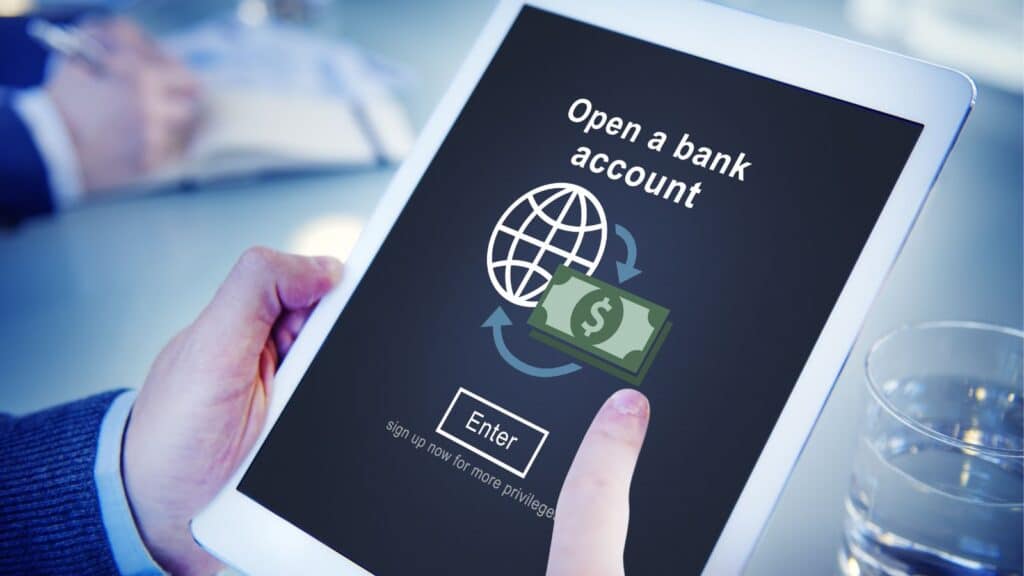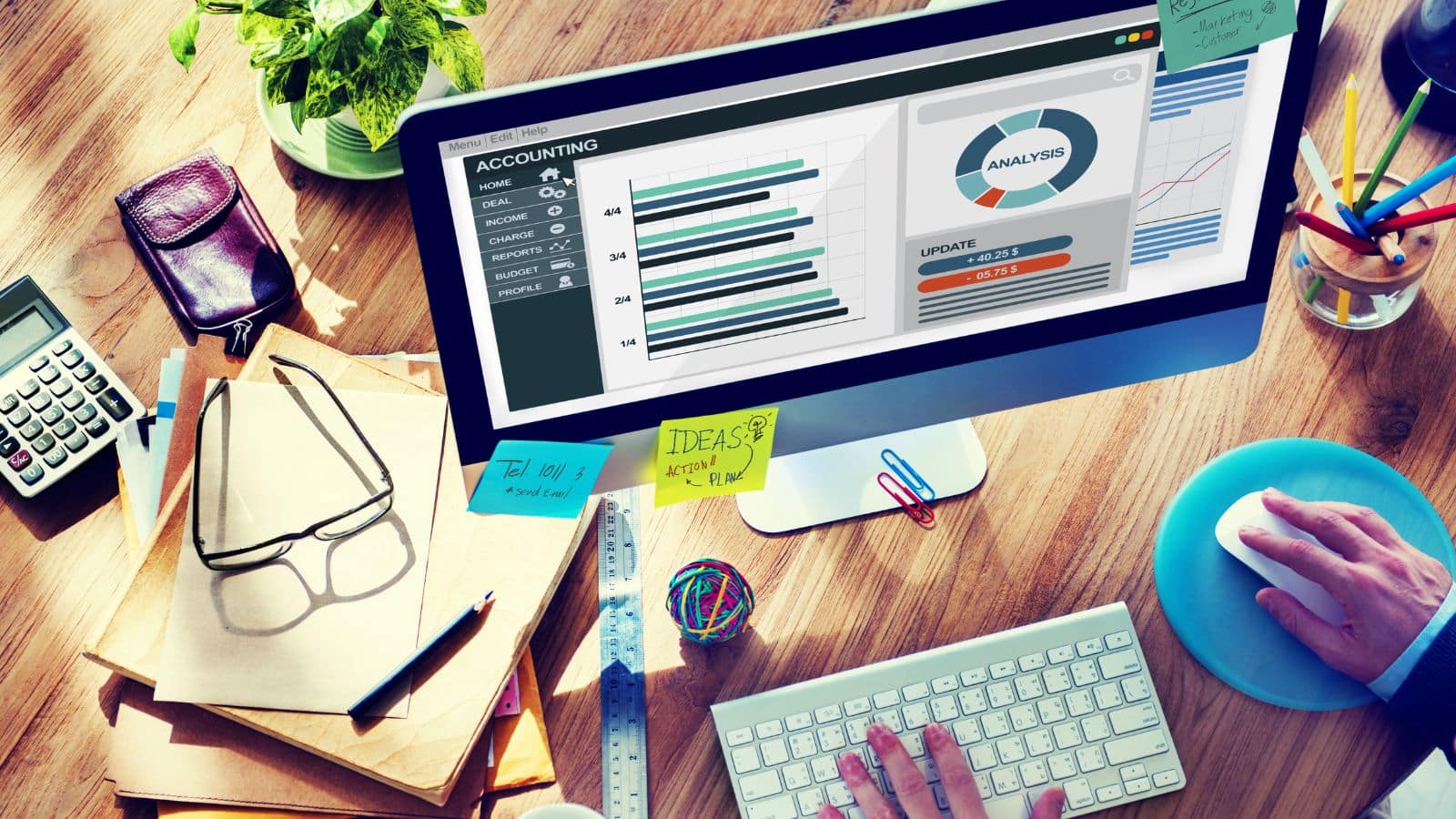Banks are great at slipping in extras that sound helpful but really just eat into your money. Overdraft protection is a classic example. It’s supposed to “protect” you, but you end up paying fee after fee for the convenience. The same goes for other little add-ons you don’t really need. Take a few minutes to look at your account and see what you’re paying for. You may be surprised how much you’re giving away for nothing.
Overdraft Protection

It’s marketed as a safety net, but it’s often just a fee trap. Instead of declining a charge when your account is short, overdraft protection covers the transaction—and slaps on a fee that can be $30 or more. A couple of small purchases can spiral into a big negative balance fast.
💸 Take Back Control of Your Finances in 2025 💸
Get Instant Access to our free mini course
5 DAYS TO A BETTER BUDGET
Auto Transfers to Savings

Setting up automatic transfers sounds smart—until you forget they’re happening. If your budget is tight, this tool can pull money out of checking when you need it most, leading to overdrafts or bounced payments. Unless you’re actively managing it, this “good habit” can cost more than it saves.
Monthly Maintenance Fees

Some checking and savings accounts charge monthly fees just for existing. These fees can be waived with a minimum balance or direct deposit—but if you miss the threshold, you’re out $10 to $25 a month. That’s money you could be using elsewhere, especially if the account isn’t offering any real benefits.
Debit Card Round-Ups

Round-up programs send spare change from purchases to your savings. But if your balance is low, those extra cents can push you into overdraft. It feels harmless, but the timing can catch you off guard—especially if your account is already running close to zero.
Automatic Bill Pay With Credit Cards

Putting bills on auto-pay through your bank-linked credit card helps avoid late fees—but it’s easy to forget what’s coming out and when. If you’re not watching your balance, you may rack up interest charges or max out your card unintentionally, especially if variable bills like utilities jump in cost.
Courtesy Pay Programs

Some banks let you “opt in” to courtesy pay, which sounds generous—but it’s really just another form of overdraft. Instead of denying charges you can’t afford, they approve them and hit you with steep fees. It’s easy to mistake this for protection when it’s just another way to collect money.
ATM Convenience Features

Features like “fast cash” or preset withdrawal amounts seem helpful, but they encourage quick transactions without review. You’re less likely to double-check your balance or think about what you’re pulling out. If you’re using out-of-network ATMs, fees can stack up without you realizing just how much it’s costing you.
10 Ways Lifestyle Inflation is Quietly Wrecking Your Budget

Lifestyle inflation, also known as lifestyle creep, happens when your spending rises alongside your income. It’s sneaky. You earn more, so you begin to spend more on things you once considered luxuries. Over time, this can leave you stuck in a financial rut, unable to save or invest for the future. While enjoying the fruits of your hard work is fine, unchecked lifestyle inflation can quietly undermine your financial goals. Here’s how it might be affecting your budget. 10 Ways Lifestyle Inflation Is Quietly Wrecking Your Budget



